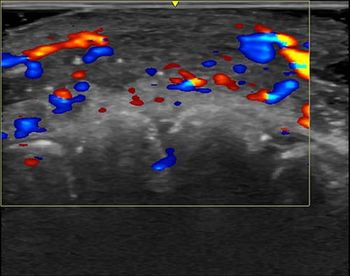
Philips upgrades 'big bore' CT at ASTRO
Enhancements that adjust for organ motion and better localize lesions debuted today for Philips’ Brilliance CT Big Bore at the American Society for Radiation Oncology (ASTRO) in Chicago.
Enhancements that adjust for organ motion and better localize lesions debuted today for Philips’ Brilliance CT Big Bore at the American Society for Radiation Oncology (ASTRO) in Chicago. Philips Healthcare framed the upgrades as speeding up diagnosis and improving the patient treatment planning, when scans are done on the company’s 85 cm large bore CT. Upgrades to the Brilliance CT Big Bore include RapidView 4-D Reconstruction System, which accelerates data processing; Amplitude Binning Algorithm, which adjusts for movement caused by respiration; Metal Artifact Reduction, designed to improve images resolution of sites near high density metal objects; “Sim Enhancement” Blocking Technology, which allows clinicians to mark an area for treatment and initiate treatment; and Tumor L.O.C. (Localization On Console), software that localizes and marks tumors in a simulation run at the scanner console.
Newsletter
Stay at the forefront of radiology with the Diagnostic Imaging newsletter, delivering the latest news, clinical insights, and imaging advancements for today’s radiologists.




























